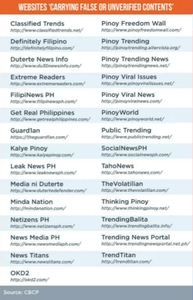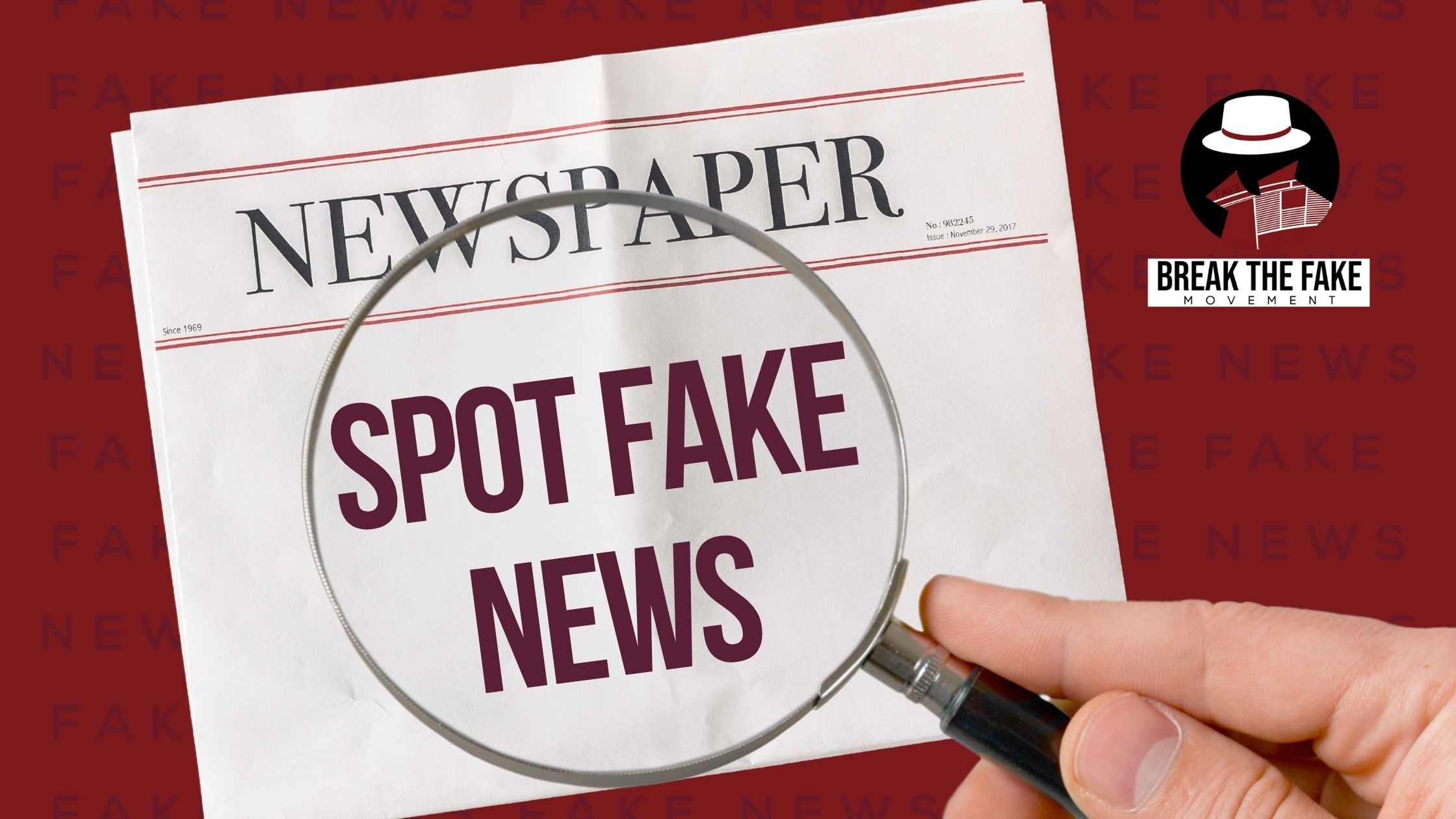Keeping safe online is everyone’s concern these days. Since social media platforms became a mainstream in the lives of people, it never ceases to stop giving information may it be verified or fake news.
How will we know if the article we are reading is fake or not? Are all information online are safe and relative? The question lies on between the screen and the reader. As readers, we must follow these simple tips to know if the article we are reading is true or fake.
How To Spot Fake News
In order to spot fake news, these are the things you should check in a post before sharing it on your social media feed:
1. THE HEADLINE
Be skeptical of the headlines. Headlines often become outlandish to get clicks. Read through the story and identify what they are trying to say.

2. THE SOURCE
Investigate the source of the story. Check its website and go to the ‘About’ page. Look for a thorough description of the company and its contact info. Most legit news company wanted their readers to contact them and learn more about them in an easy way. It’s a red flag when the site doesn’t have an ‘About’ page.
While investigating the website, don’t forget to look at the URL. Secured websites has this ‘https:‘ in the beginning of the URL. If the website has this, it is most likely to be legit.

If you’re still doubtful, try searching their website in Google if it has a reputation of publishing fake news online.
3. THE GRAMMAR AND THE FORMAT
Check the story if there are grammatical errors. Credible journalists and news organizations are less likely to make repeated spelling and grammar mistakes.
If the story is written in a CAPITAL format, it might be fake. Anything written in capital format is suspicious.
Also, excessive use of exclamation marks also raises suspicion.
4. THE IMAGES USED
Many fake news rely on photographs that have been Photoshopped or copied from a different website. You may sometimes tell if an image has been altered by looking at it closely. You may use Google Reverse Image Search site to find all other websites that uses similar images. It will also tell you if the image is used in other contexts.
5. THE DATE
Examine if the story is old or new. Sometimes, publishers repurpose old stories. Often, bots post this kind of content online so be vigilant.
It must be a worldwide responsibility of us people to know how to use information from different websites to determine whether a story is credible before sharing on social media. By knowing how to fact-check information online and applying it will give you control over what you read and share online. It is in our power to make real stories and news rise over fake and fiction.
Resources:




Can you be more specific about the content of your article? After reading it, I still have some doubts. Hope you can help me.
Your point of view caught my eye and was very interesting. Thanks. I have a question for you.
Your point of view caught my eye and was very interesting. Thanks. I have a question for you.
Can you be more specific about the content of your article? After reading it, I still have some doubts. Hope you can help me.
Thank you for your sharing. I am worried that I lack creative ideas. It is your article that makes me full of hope. Thank you. But, I have a question, can you help me?